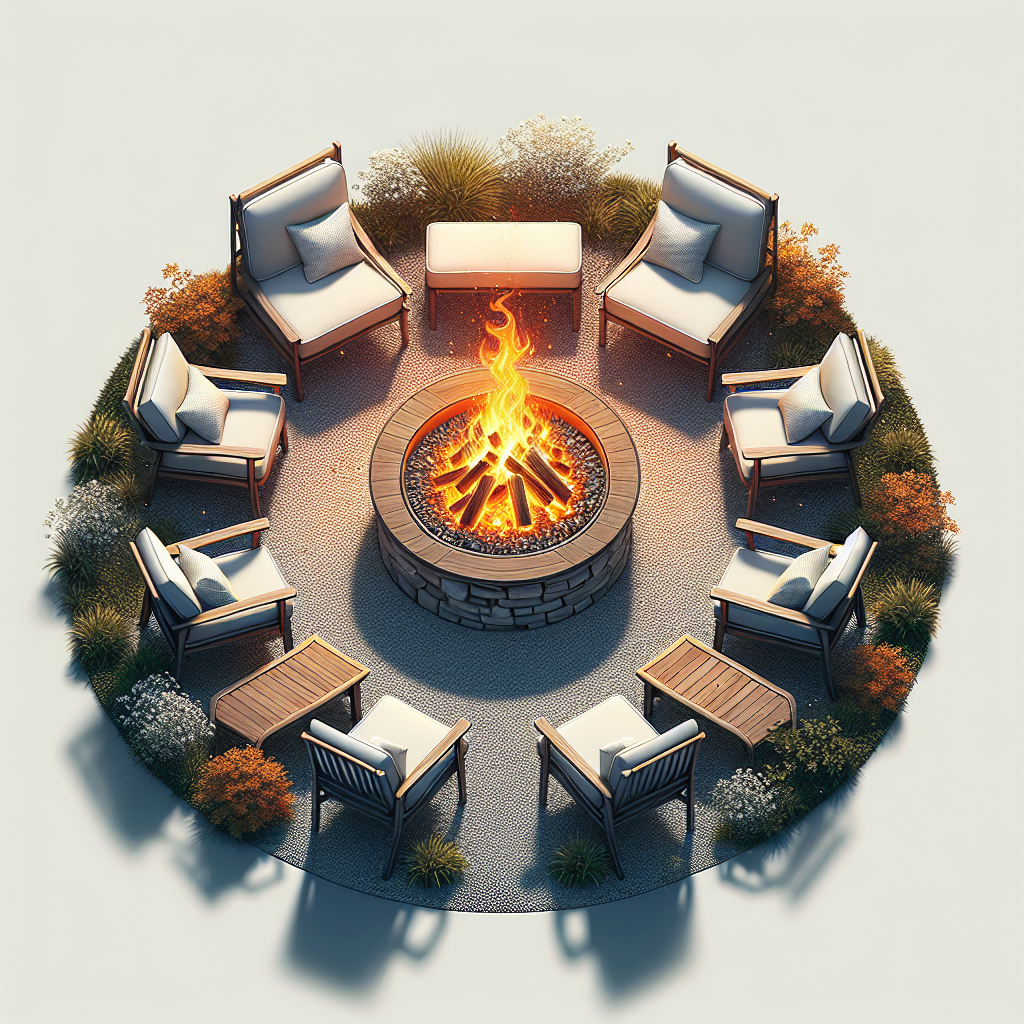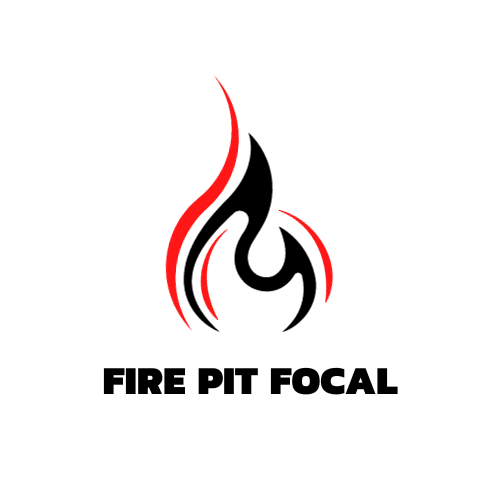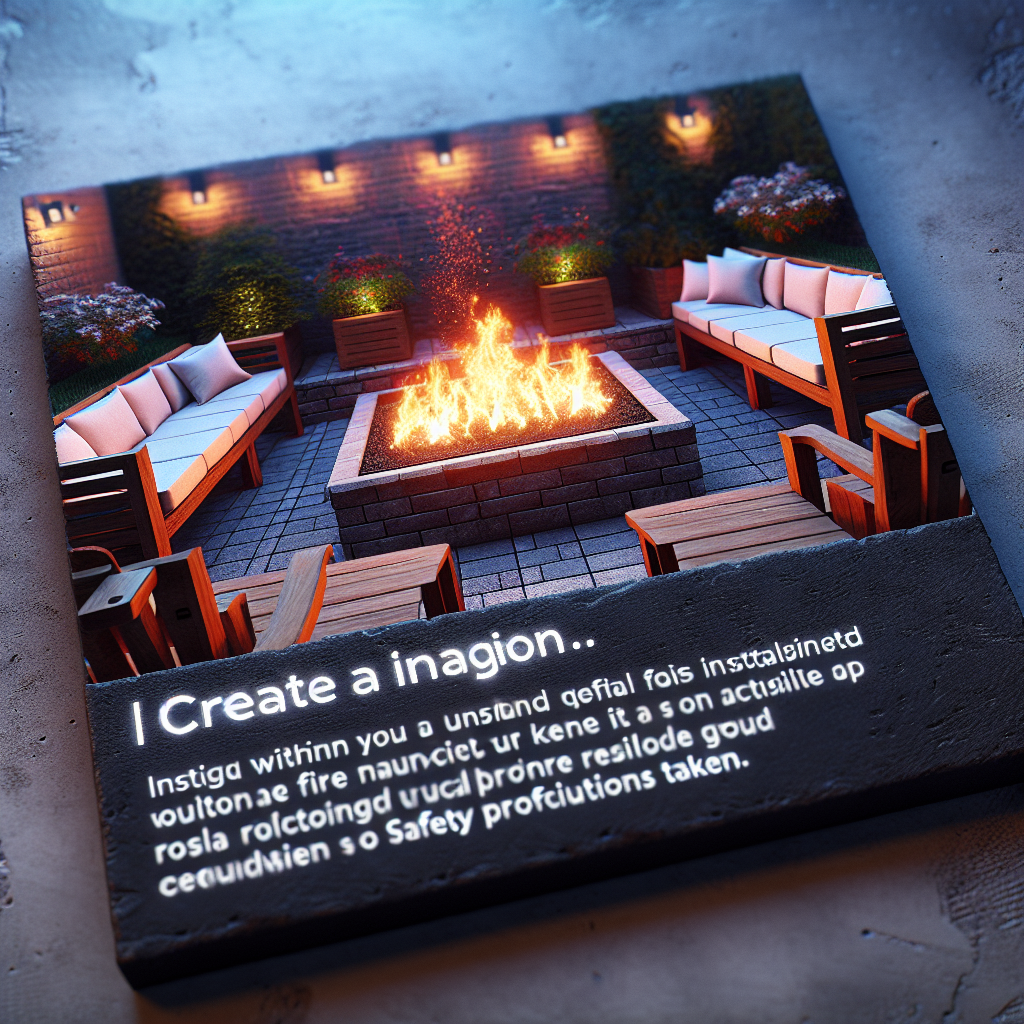If you’re planning to install a fire pit in your area, it’s important to be aware of the legal requirements. Before you start roasting marshmallows and enjoying cozy evenings by the fire, familiarize yourself with the regulations that govern fire pit installation in your locality. From obtaining permits to adhering to safety guidelines, understanding the legal obligations will ensure both your enjoyment and compliance. So, let’s take a closer look at what you need to know before embracing the warmth and ambiance of a fire pit in your outdoor space.
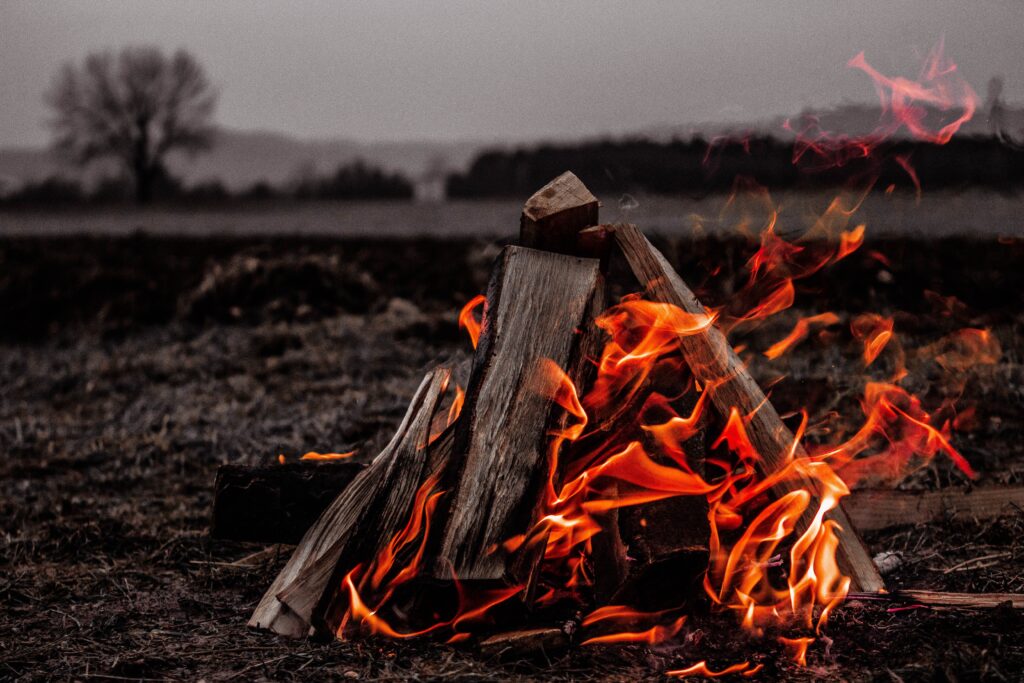
Types of Fire Pits
In-ground fire pit
An in-ground fire pit is a popular choice for creating a cozy and intimate ambiance in your outdoor space. It involves digging a hole in the ground and adding a fireproof lining such as bricks or stones. In-ground fire pits offer a permanent and aesthetically pleasing option that can be customized to fit your style.
Above-ground fire pit
Unlike in-ground fire pits, above-ground fire pits are portable and can be easily moved around your outdoor area. They come in various sizes and designs, allowing you to choose one that best suits your needs and preferences. Whether you opt for a metal fire pit, a stone fire pit, or a ceramic fire pit, the above-ground option adds versatility and flexibility to your outdoor setup.
Portable fire pit
Portable fire pits are becoming increasingly popular for those who want the convenience of being able to take their fire pit on camping trips or to different locations in their backyard. These fire pits are usually made of lightweight materials such as stainless steel or cast iron, making them easy to transport. Portable fire pits offer convenience without compromising on the warmth and coziness of a traditional fire pit.
Fire Pit Location
Backyard fire pit
A backyard fire pit provides the perfect gathering spot for family and friends. When choosing the location for your backyard fire pit, it’s important to consider factors such as the proximity to your house, trees, and other structures. You’ll want to ensure that the fire pit is situated in a safe area away from flammable materials and that it provides ample space for seating and enjoying the warmth of the fire.
Front yard fire pit
Having a fire pit in your front yard can be a great way to add warmth and character to your home. However, it’s essential to familiarize yourself with your local regulations and guidelines before installing a fire pit in your front yard. Some areas may have restrictions on open fires in the front yard, so be sure to check with your local authorities before proceeding.
Patio fire pit
If you have limited outdoor space, a patio fire pit can be a fantastic addition to transform your patio into a cozy retreat. Patio fire pits are designed to be used on solid surfaces and often feature stylish designs that seamlessly blend with your patio decor. When determining the location for your patio fire pit, ensure that it is placed on a fire-resistant base and that you have the necessary clearance from walls and any surrounding structures.
Permits and Regulations
Local regulations
Before installing a fire pit, it is crucial to research and understand the specific regulations in your local area. These regulations may dictate the type of fire pit allowed, the location it can be installed, and any restrictions on usage. Take the time to consult with your local municipality or fire department to obtain the necessary information and ensure compliance with all regulations.
Building permits
In some areas, obtaining a building permit may be necessary for the installation of a fire pit. Building permits are typically required for permanent structures such as in-ground fire pits or built-in fireplaces. The application process may involve submitting plans, specifications, and paying a fee. Contact your local building department to determine if a building permit is required for your fire pit installation.
Zoning requirements
In addition to local regulations and building permits, zoning requirements may also apply to fire pit installations. Zoning regulations dictate land use and can impact where fire pits can be placed on your property. These requirements take into account factors such as setback distances from property lines and neighboring structures. Research the zoning requirements in your area to ensure compliance before starting your fire pit project.
Safety Measures
Distance from structures
To ensure safety, it is crucial to maintain an adequate distance between your fire pit and any structures, such as your house, deck, or fences. Different jurisdictions may have varying requirements regarding the minimum distance, so it’s essential to consult local regulations. The distance ensures that there is no risk of fire spreading to the structures and allows for safe access and enjoyment of the fire pit.
Clearance from vegetation
Another important safety consideration is to ensure sufficient clearance from vegetation around your fire pit. Dry grass, shrubs, or overhanging trees can ignite quickly, posing a serious fire hazard. It’s recommended to clear a radius around the fire pit and regularly maintain this clearance to minimize the risk of accidental wildfires.
Fire pit screens or covers
Using a fire pit screen or cover is an additional safety measure that can prevent sparks and embers from escaping the fire pit. These screens or covers act as a barrier while still allowing heat and light to radiate. Investing in a quality fire pit screen or cover can provide peace of mind and protect against potential accidents or damage caused by flying debris.

Fire Pit Construction
Materials
Fire pits can be constructed using various materials, each with its unique advantages and aesthetic appeal. Common materials for fire pit construction include bricks, stones, concrete, metal, and ceramic. Each material offers different levels of durability, heat-resistance, and maintenance requirements. When choosing the material for your fire pit, consider factors such as your personal style, budget, and the overall aesthetic of your outdoor space.
Size and dimensions
The size and dimensions of your fire pit will depend on several factors, including the available space, your intended usage, and local regulations. Fire pits should be proportionate to the area and provide sufficient seating space around them. It’s essential to strike a balance between creating a cozy atmosphere and ensuring there’s enough room for comfortable seating and safe enjoyment of the fire.
Drainage considerations
Proper drainage is crucial when constructing a fire pit to ensure that rainwater does not accumulate and cause damage. Without adequate drainage, water can pool in the fire pit, leading to rust or deterioration of certain materials. A well-designed fire pit should include provisions for drainage, such as gravel or a drain hole, to prevent water build-up and extend the lifespan of your fire pit.
Fire Pit Fuel Sources
Wood-burning fire pits
Wood-burning fire pits are a classic choice that provides the ambiance of a crackling fire and the scent of burning wood. They require a steady supply of firewood and regular maintenance to ensure proper airflow and combustion. When using a wood-burning fire pit, it’s essential to source seasoned firewood, follow local regulations for burning, and exercise caution to prevent the spread of sparks or embers.
Gas fire pits
Gas fire pits offer convenience and ease of use, as they are fueled by natural gas or propane. They provide instant warmth and can be controlled with the flip of a switch or the turn of a knob. Gas fire pits eliminate the need to gather firewood and deal with ashes, making them a low-maintenance option. It’s important to hire a professional for gas line installation and consult local regulations for any restrictions on gas fire pit usage.
Propane fire pits
Similar to gas fire pits, propane fire pits are fueled by propane tanks that can be easily refilled or replaced. Propane fire pits offer portability and versatility, allowing you to place them in various locations around your outdoor space. They provide a clean and smoke-free burn and are an excellent option for those who prefer the convenience of a fuel source that can be readily available.
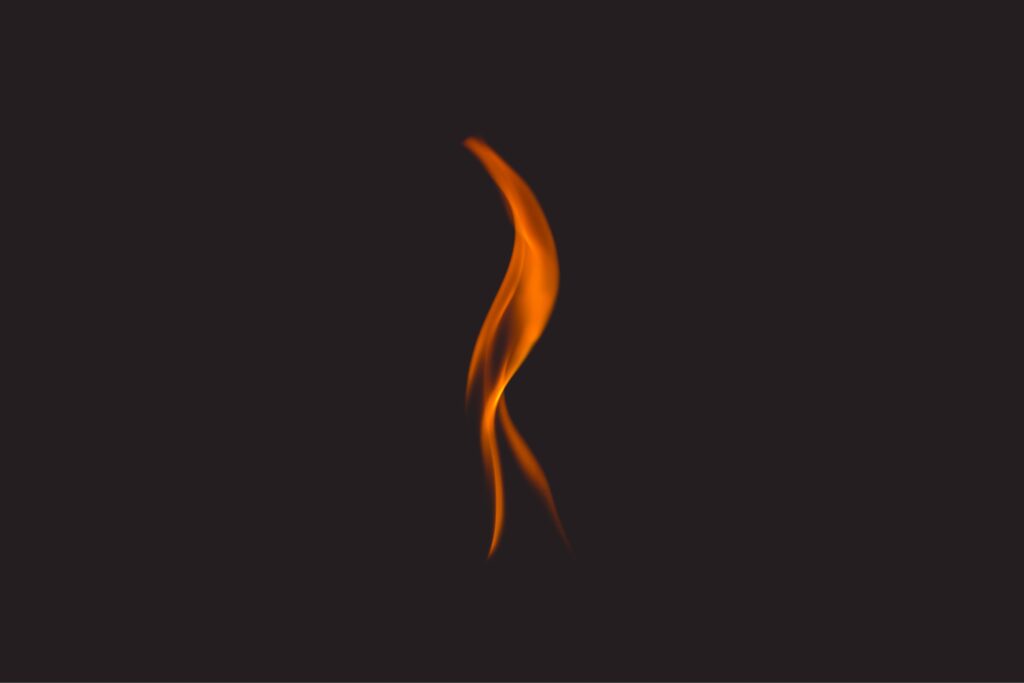
Ventilation and Air Quality
Smoke management
Efficient smoke management is essential to ensure the comfort of you and your neighbors when using a fire pit. Adequate airflow and ventilation can help reduce smoke and prevent it from becoming a nuisance. Positioning your fire pit in an open area or ensuring proper airflow through ventilation systems can help minimize smoke buildup and improve air quality.
Air pollution regulations
Depending on your location, there may be regulations in place to control air pollution caused by outdoor fires. These regulations may restrict the use of fire pits on certain days, especially during periods of poor air quality. It’s important to stay informed about any air pollution regulations in your area and adhere to them to protect the environment and the health of your community.
Ventilation requirements
Proper ventilation is crucial for both wood-burning and gas fire pits. Adequate ventilation ensures the efficient combustion of fuel and helps prevent the buildup of harmful gases. Permanent fire pits should be designed to include ventilation systems such as chimney stacks or vents, while portable fire pits should be used in open, well-ventilated areas to promote safe heat dispersion.
Fire Pit Maintenance
Cleaning and debris removal
Regular cleaning and debris removal are essential for maintaining the functionality and appearance of your fire pit. Ashes and debris should be removed from the fire pit area to prevent the risk of fire reignition or damage to the surrounding vegetation. Additionally, cleaning the fire pit itself will help extend its lifespan and prevent the accumulation of rust or other corrosive materials.
Regular inspections
Periodic inspections of your fire pit can help identify any issues or potential hazards. Check for cracks, loose bricks, or signs of wear and tear that may need repair. Inspecting the ignition system, gas lines (if applicable), and fire screens or covers can also ensure that everything is functioning properly and safely.
Repair and replacement
If you notice any damage or deterioration during your inspections or regular use, it’s crucial to take prompt action to repair or replace any compromised parts. Ignoring or neglecting necessary repairs can lead to further damage or safety risks. Consult with a professional if you’re unsure about the extent of the damage or the best course of action for repair or replacement.
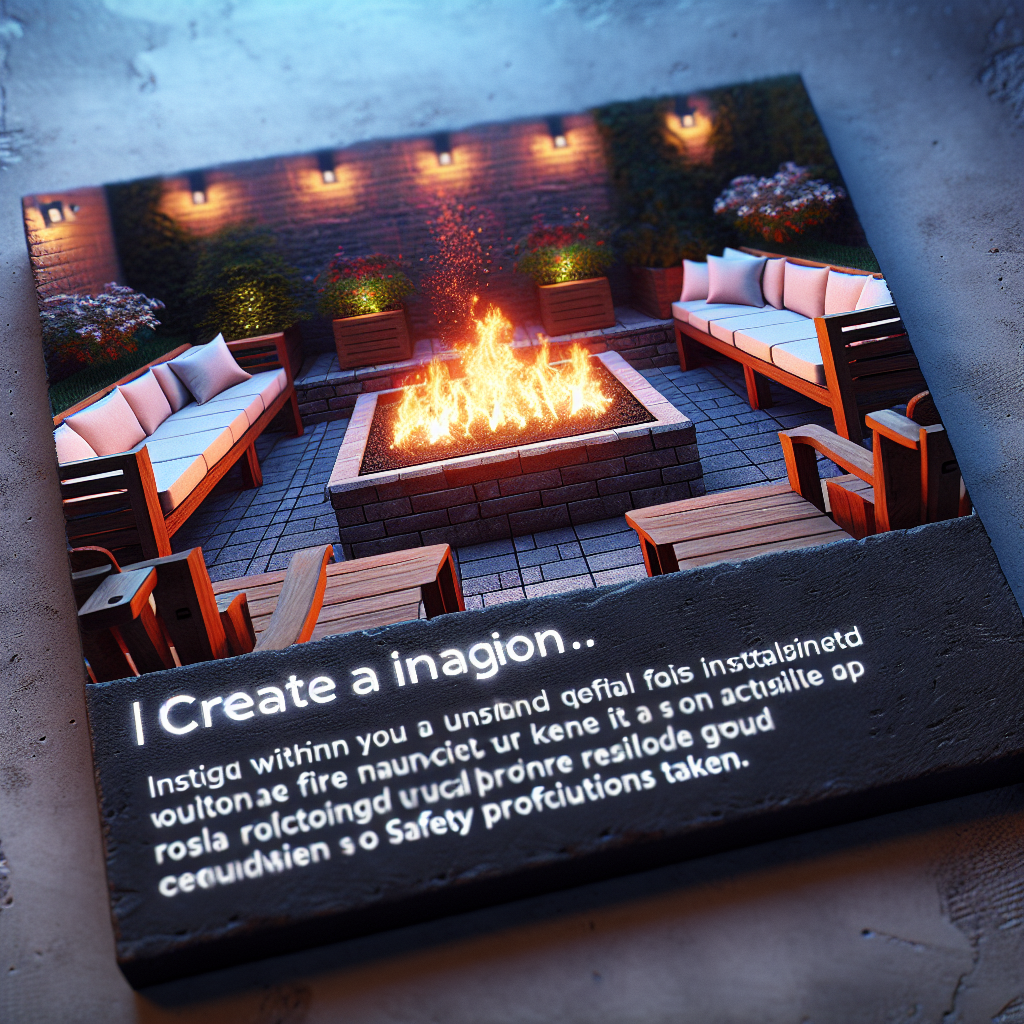
Neighborhood Considerations
Noise regulations
Fire pits can create a vibrant and lively atmosphere, but it’s important to be mindful of noise regulations within your neighborhood. Local ordinances or homeowner association rules may restrict the hours during which outdoor activities, including fire pit usage, are permitted. Be considerate of your neighbors’ peace and quiet and ensure that your fire pit activities comply with any noise regulations.
Smoke complaints
While enjoying your fire pit, it’s crucial to be aware of the smoke generated and its impact on your neighbors. Excessive smoke can cause irritation or health issues for those nearby, especially individuals with respiratory conditions. Ensure proper ventilation and use seasoned firewood to minimize smoke production. If you receive complaints from neighbors, be open to finding suitable solutions that mitigate the impact of the smoke.
Insurance coverage
When installing a fire pit, it’s important to review your homeowners’ insurance policy to understand its coverage regarding potential fire-related incidents. Some insurers may have specific requirements or exclusions regarding fire pits, and failure to comply could result in limited coverage or denied claims. Verify with your insurance provider if you need to make any modifications to your policy to adequately protect your property.
Professional Installation
Hiring a contractor
For larger or more complex fire pit installations, hiring a professional contractor can ensure that the project is handled safely and correctly. A contractor experienced in fire pit installation will have the necessary knowledge of local regulations, building codes, and construction techniques. They can also assist in determining the optimal location, materials, and dimensions for your fire pit.
Licensed installation services
In some areas, it may be obligatory to use licensed installation services for fire pit projects. Licensed contractors undergo rigorous training and certification processes to ensure compliance with safety regulations and standards. By choosing a licensed installation service, you can have peace of mind that your fire pit will be installed correctly and in accordance with all legal requirements.
Costs and budgeting
The costs associated with fire pit installation can vary depending on several factors, such as the type of fire pit, materials used, and any additional features or accessories. It’s important to establish a budget beforehand and consider all expenses, including permit fees, materials, labor costs, and ongoing maintenance. Obtaining multiple quotes from different contractors or suppliers can help you determine the most cost-effective options for your fire pit installation project.
In conclusion, installing a fire pit in your outdoor space can create a warm and inviting atmosphere for gathering with family and friends. However, it’s crucial to be aware of the types of fire pits available, the legal requirements and permits, safety measures, and maintenance considerations. By following these guidelines and consulting with professionals in your area, you can enjoy the benefits of a beautiful and safe fire pit while complying with legal regulations. Remember, always prioritize safety and be considerate of your neighbors to ensure a positive fire pit experience for all.
